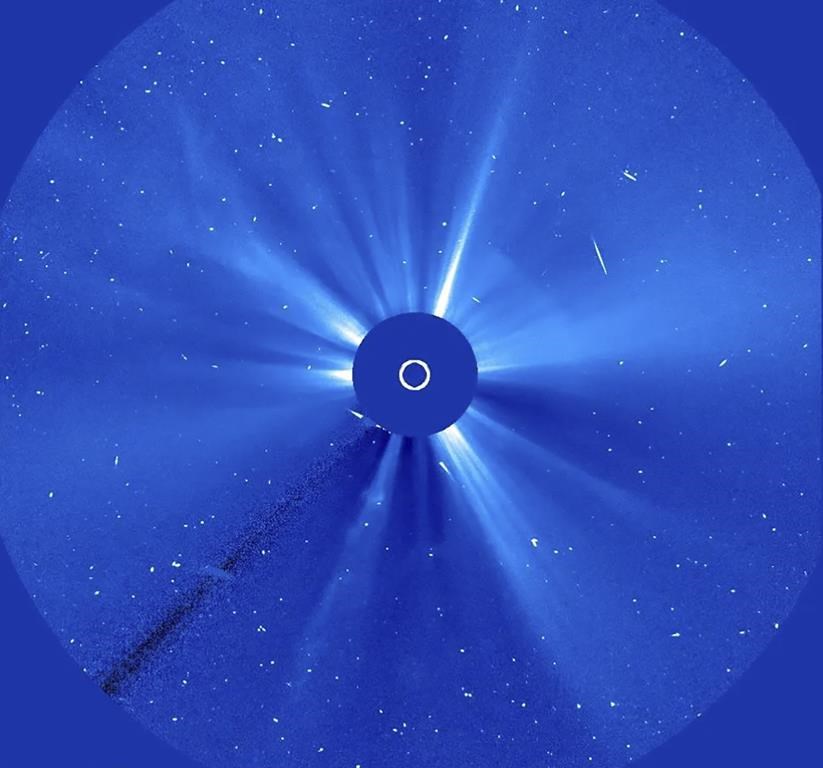‘Halloween comet’ breaks apart after flying close to the sun
Advertisement
Read this article for free:
or
Already have an account? Log in here »
To continue reading, please subscribe:
Monthly Digital Subscription
$0 for the first 4 weeks*
- Enjoy unlimited reading on winnipegfreepress.com
- Read the E-Edition, our digital replica newspaper
- Access News Break, our award-winning app
- Play interactive puzzles
*No charge for 4 weeks then price increases to the regular rate of $19.00 plus GST every four weeks. Offer available to new and qualified returning subscribers only. Cancel any time.
Monthly Digital Subscription
$4.75/week*
- Enjoy unlimited reading on winnipegfreepress.com
- Read the E-Edition, our digital replica newspaper
- Access News Break, our award-winning app
- Play interactive puzzles
*Billed as $19 plus GST every four weeks. Cancel any time.
To continue reading, please subscribe:
Add Free Press access to your Brandon Sun subscription for only an additional
$1 for the first 4 weeks*
*Your next subscription payment will increase by $1.00 and you will be charged $16.99 plus GST for four weeks. After four weeks, your payment will increase to $23.99 plus GST every four weeks.
Read unlimited articles for free today:
or
Already have an account? Log in here »
Hey there, time traveller!
This article was published 29/10/2024 (375 days ago), so information in it may no longer be current.
A recently discovered comet that some stargazers had hoped to see during Halloween week has disintegrated before the day of ghosts and ghouls.
NASA confirmed Tuesday its sun-observing spacecraft captured the moment when the comet Atlas broke into chunks this week as it passed close to the sun.
Astronomers have been tracking the so-called Halloween comet, also known as C/2024 S1, since it was discovered in September by a telescope in Hawaii.

As it raced toward the sun, a space observatory operated by NASA and the European Space Agency spied its demise.
The comet is thought to be part of a family of comets that pass incredibly close to the sun.
___
The Associated Press Health and Science Department receives support from the Howard Hughes Medical Institute’s Science and Educational Media Group. The AP is solely responsible for all content.


